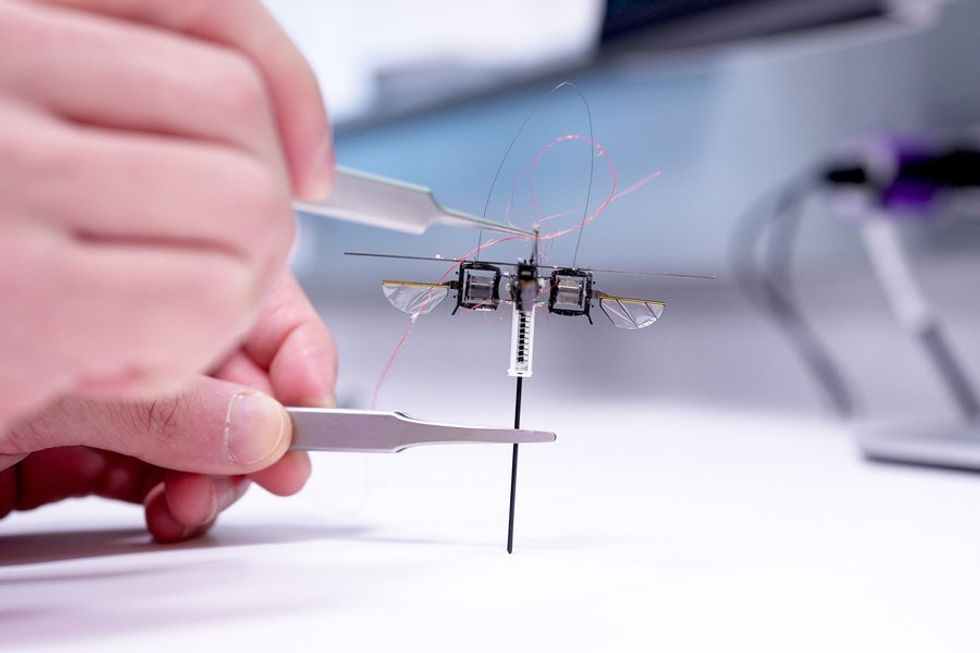Now Reading: Can Lunar Dust Findings Pave the Way for Propellant-Free Space Drives?
-
01
Can Lunar Dust Findings Pave the Way for Propellant-Free Space Drives?
Can Lunar Dust Findings Pave the Way for Propellant-Free Space Drives?
quick Summary
- Dr. Charles Buhler’s Research:
– Dr. Buhler,lead NASA scientist on electrostatics and co-founder of exodus Propulsion Technology,has developed the “Exodus Effect,” a propellantless propulsion drive based on electrostatic forces.
– The device uses asymmetrical capacitive plates and inexpensive materials like styrofoam to generate thrust at high voltages (30,000-40,000 volts).- Lab tests have demonstrated its ability to produce propulsive forces comparable to ion drives but without fuel limitations.
- Orbital Testing:
– The current satellite containing this experimental device is tracking orbital degeneration at about 90 meters per day.
– Success would be indicated if the semi-major axis begins to rise through activation of the device.
- Lunar Dust Management Success:
– Separate work by dr. Buhler’s team successfully tested an “Electrodynamic Dust Shield” on lunar landers using electrical forces to clear hazardous regolith from surfaces.
- future Advancements:
– Scaling up smaller devices with electrostatic pressure could pave the way for more powerful thrusters in larger arrays.
– collaboration with chemists is recommended for better understanding charged materials and enhancing reliability.
Indian Opinion Analysis
the advancement of propellantless propulsion systems spearheaded by Dr. Charles Buhler represents a noteworthy step toward innovation in space technologies. If successful, it has transformative potential for India’s aspirations in low-cost satellite launches and deep-space exploration under initiatives like ISRO’s Chandrayaan or Gaganyaan missions because such advancements could eliminate reliance on fuel-dependent propulsion systems.
India’s pragmatic approach toward cheaper yet effective solutions makes these experiments highly relevant-especially as styrofoam-based designs align well with resource-efficient engineering practices favored by ISRO. Moreover, India’s interest in dust mitigation technologies may also benefit from Dr.Buhler’s lunar dust clearing mechanism since issues around regolith are anticipated for future moon missions under artemis-like goals targeting establishment of long-term bases.
As testing progresses globally,strategic study by Indian research organizations may unlock avenues not only for collaboration but also indigenous adaptation to sustain robust performance in space operations critical for economic development via satellites and interplanetary exploration alike.























